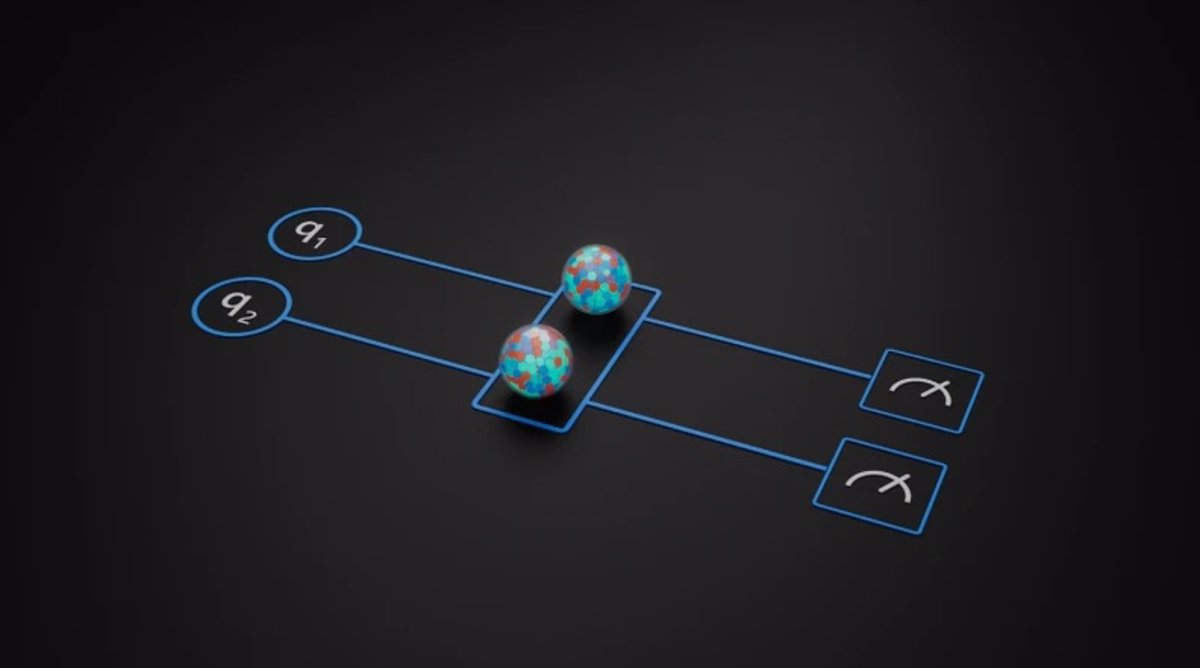Microsoft and Quantinuum have managed to develop the most reliable logic qubits to date, which has shown a significant improvement in the error rate in quantum computing.
He qubit or quantum bit It is the basic unit of information in quantum computing. Unlike the bit (the basic unit of information in classical computing), which can only represent a single binary value, i.e. 0 or 1; the qubit can represent a 0, a 1 or any proportion of 0 and 1 in the superposition of both states.
This superposition is delicate as external noise can disturb it, making quantum computing difficult. more prone to errors than classical computing architecture. And these errors are also transmitted instantaneously to each qubit.
To improve the quality of qubits, mainly two approaches have been adopted: on the one hand, improving the quality of the qubit and its operation; on the other hand, use what is known as logical qubits, that is, combine several physical qubits into virtual qubits that are more reliable.
In this context, Microsoft and Quantinuum have resorted to qubit virtualization to create highly reliable logical qubits, using for it ion trap ‘hardware’. This allowed them to “create four highly reliable logical qubits from just 30 physical qubits” of the 32 available in the Quantinuum machine.
When intertwined, the logical qubits showed “an 800-fold improvement in error rate,” which corresponds to “a signal improvement of 29 dB, which is the same as that achieved with high-quality noise-canceling headphones,” the company points out as an example.
“The ambient noise that exists on an airplane represents the level of noise exhibited by the physical qubits. Activating the noise cancellation function on headphones to listen to music, while eliminating most of the ambient noise, is similar to applying our qubit virtualization system,” he details on his official blog.
“This result was achieved through a combination of advanced runtime error diagnosis with computational execution rejection and error correction,” he adds. This is the “first step to being able to correct errors without destroying the logical qubits and a fundamental milestone in the correction of quantum errors.”
